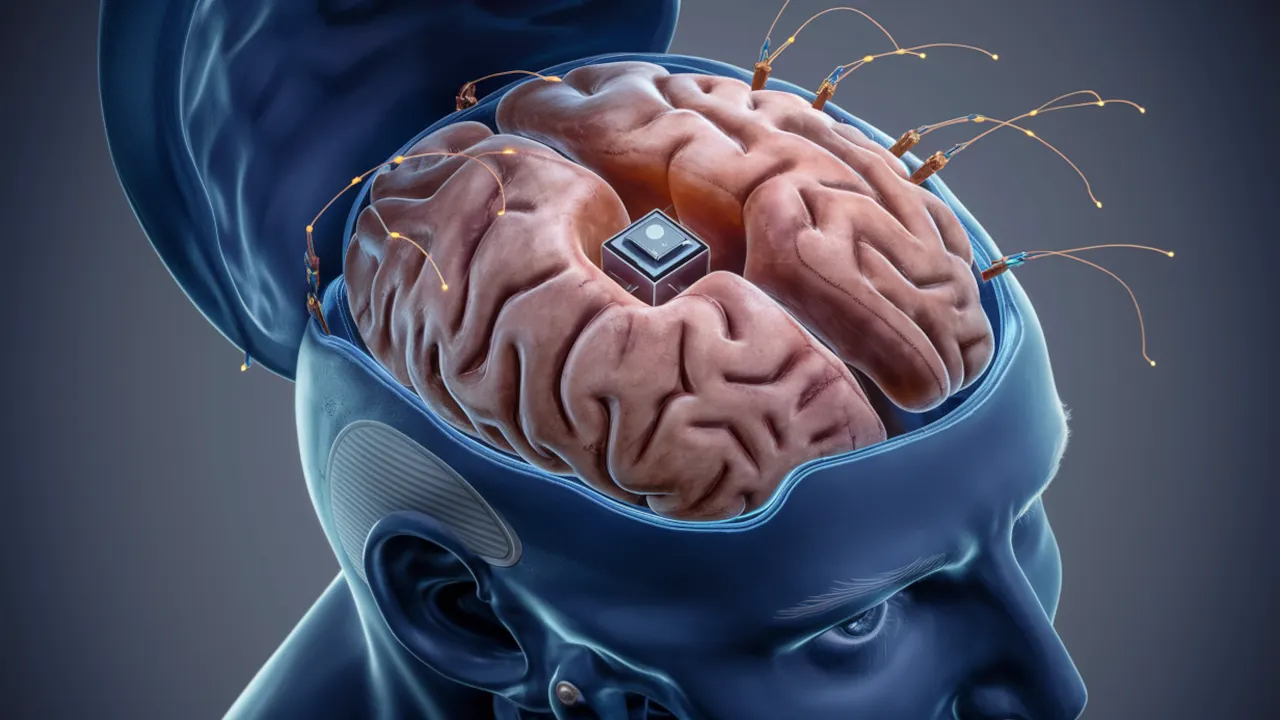The Future of Neural Interfaces: A Comprehensive Guide

Neural interfaces, also known as brain-computer interfaces (BCIs), are at the forefront of technological innovation, enabling direct communication between the human brain and external devices. This primer provides an in-depth exploration of recent advancements, future prospects, and ethical considerations in the realm of neural interfaces.
Significant Breakthroughs
The field of neural interfaces has seen remarkable progress in recent years, with several groundbreaking developments that are reshaping our understanding of brain-computer interaction.
Robotic Arm Controlled by Thought
Researchers at the University of California, San Francisco (UCSF) have developed a BCI that enabled a paralyzed individual to control a robotic arm using only his thoughts. By implanting tiny sensors on the brain's surface, the system interprets neural signals associated with imagined movements, allowing the user to manipulate objects. Remarkably, this system maintained functionality for up to seven months without requiring recalibration, marking a significant milestone in BCI durability and reliability.
Integration with AI for Enhanced Performance
Companies like Synchron are integrating artificial intelligence (AI) to enhance BCI performance. Synchron's latest iteration of its BCI incorporates NVIDIA's AI technology, enabling faster and more accurate decoding of neural signals. This integration allows users, such as individuals with amyotrophic lateral sclerosis (ALS), to control devices like the Apple Vision Pro through thought alone, thereby improving their interaction with the digital world.
Neuralink's Progress in Human Trials
Elon Musk's company, Neuralink, has made significant strides by implanting its N1 chip into a human subject, allowing control of a computer using thought. Despite challenges such as thread retraction due to brain movement, the subject remains optimistic about the technology's potential to improve quality of life.
Bidirectional Communication
Recent years have seen unprecedented progress in neural interface technology, with multiple teams achieving record-breaking milestones. Researchers have successfully demonstrated bidirectional communication between the brain and external devices, enabling not just control but also sensory feedback. This two-way communication has been particularly successful in restoring touch sensation in prosthetic limbs, marking a crucial step toward more natural and intuitive neural interfaces.
The Role of Artificial Intelligence in BCIs
The fusion of AI with neural interfaces is opening new horizons in neurotechnology:
Enhanced Signal Decoding
AI algorithms can process complex neural data, facilitating more intuitive and responsive control of prosthetics and other assistive devices. This synergy not only enhances the functionality of BCIs but also accelerates the development of applications aimed at restoring motor functions and communication abilities in individuals with neurological conditions.
Personalized BCIs
Advancements in machine learning (ML) are leading to more personalized BCIs that adapt to individual users' unique neural patterns, requiring less training time and improving user experience.
Near-Future Prospects
Looking ahead, several developments are poised to shape the future of neural interfaces:
Non-Invasive BCIs
Advancements in non-invasive neural interfaces are making BCI technology more accessible and user-friendly. These devices allow users to interact with technology using brain signals without the need for surgical implantation.
AI Integration
The integration of AI with BCIs is expected to enhance the decoding of neural signals, leading to more accurate and efficient control of devices. This could result in more seamless interactions between humans and machines.
Commercialization
Companies like Neuralink are making strides toward commercializing BCI technology. Neuralink has received FDA approval for human clinical trials and has begun implanting its devices in patients, marking a significant step toward making BCIs widely available.
Ethical Considerations and Future Directions
As neural interface technology progresses, it raises important ethical questions:
User Autonomy and Privacy
Ensuring that users maintain control over their neural data and that their privacy is protected is paramount.
Cognitive Enhancement
The potential for BCIs to enhance cognitive abilities beyond therapeutic applications introduces debates about fairness and accessibility.
Ethical Frameworks
Establishing robust ethical frameworks is crucial to ensure that these technologies are developed and deployed in ways that respect individual rights and societal norms.
Conclusion
The future of neural interfaces is both promising and complex. Continued interdisciplinary collaboration among neuroscientists, engineers, ethicists, and policymakers will be essential to harness the full potential of BCIs while addressing the challenges they present.